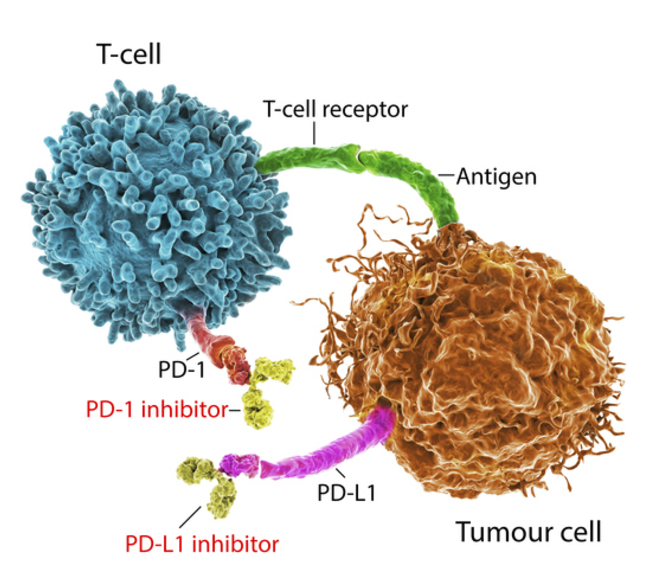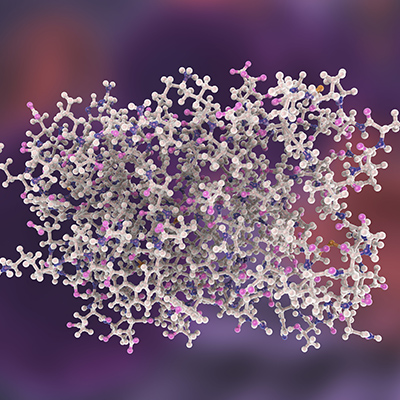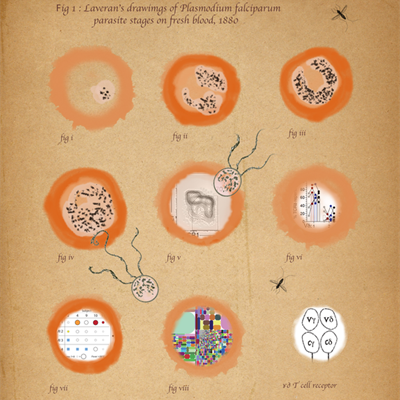June 29, 2022 -- A new study led by researchers at Harvard Medical School has identified a new mechanism that explains how T cells learn to distinguish friend from foe in order to detect and disable harmful agents while sparing the body's own tissues. The study was published on June 16 in the journal Cell.
Their work, conducted mainly in mice, shows that the thymus gland -- where T cells are born and trained -- educates nascent immune cells by exposing them to proteins made by thymus cells that mimic various tissues throughout the body.
These teacher cells, called mimetic cells for their ability to mimic different tissues, co-opt various transcription factors -- proteins that drive the expression of genes unique to specific tissues. By doing so, the mimetic cells effectively adopt the identities of tissues such as skin, lung, liver, or intestine.
Researchers contend the newly identified mimetic cells are likely to play a role in various autoimmune diseases associated with the tissue types they mimic.
Copyright © 2022 scienceboard.net









